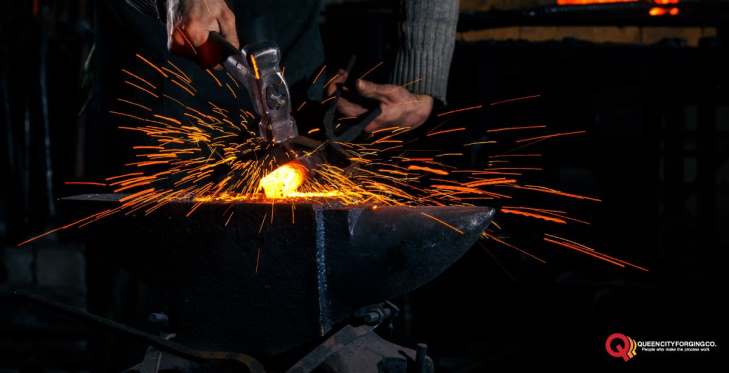In the ever-changing landscape of global industry, the manufacturing sector stands as a pillar of innovation, progress, and economic development. From the early days of manual craftsmanship to the high-tech automated processes of today, manufacturing has continuously evolved to meet the demands of a dynamic world.The mexico manufacturing sector plays a pivotal role in driving both domestic and international trade. This article delves into the evolution and significance of manufacturing, tracing its journey from the industrial revolution to the digital age, and highlighting the transformative impact it has on economies, societies, and technological advancement.
A Historical Odyssey
The Industrial Revolution: Catalyst for Change
The seeds of modern manufacturing were sown during the Industrial Revolution, a period of rapid technological advancements that reshaped societies and economies. Powered by steam engines and mechanized processes, factories emerged as hubs of production, replacing manual labor with machinery. This shift not only increased output but also laid the foundation for mass production and the standardization of goods.
Mass Production and the Assembly Line
The early 20th century witnessed another pivotal development in manufacturing with the advent of mass production techniques and the assembly line. Innovators like Henry Ford revolutionized the automobile industry by introducing efficient assembly line methods, drastically reducing production time and costs. This era marked a turning point, making products more accessible to the masses and sparking a wave of consumerism.
The Contemporary Landscape
Automation and Industry 4.0
As we stand on the cusp of the fourth industrial revolution, automation and digitalization have become the defining hallmarks of modern manufacturing. Industry 4.0 integrates cutting-edge technologies such as the Internet of Things (IoT), artificial intelligence (AI), and data analytics into manufacturing processes, ushering in a new era of smart factories and predictive maintenance. These advancements optimize production, enhance product quality, and enable real-time decision-making.
Sustainable Manufacturing
In tandem with technological progress, the imperative of sustainability has cast a spotlight on eco-friendly manufacturing practices. Manufacturers are increasingly adopting green technologies, renewable energy sources, and resource-efficient processes to minimize their environmental footprint. Sustainable manufacturing not only aligns with global conservation efforts but also resonates with environmentally-conscious consumers.
Economic and Societal Impact
Economic Powerhouse
The manufacturing sector’s significance extends beyond factory floors, exerting a profound influence on economies worldwide. Manufacturing contributes to GDP growth, exports, job creation, and skill development. It fosters innovation, research, and development, acting as a catalyst for broader economic diversification. Nations with robust manufacturing bases often enjoy enhanced competitiveness on the global stage.
Skill Development and Employment
Manufacturing plays a crucial role in nurturing a skilled workforce, offering employment opportunities that range from blue-collar to highly specialized roles. It empowers individuals with practical skills and fosters a culture of continuous learning. The sector’s ability to provide stable jobs has a direct impact on reducing unemployment rates and driving social stability.
The Road Ahead
Reshaping Global Trade
The evolution of manufacturing continues to reshape the landscape of global trade. Countries are leveraging their manufacturing prowess to enhance their position in the global supply chain. Strategic partnerships and trade agreements are forged based on manufacturing capabilities, contributing to the intricate web of international commerce.
Innovation Nexus
Manufacturing’s journey is intertwined with innovation, as it continually pushes the boundaries of what is possible. Emerging technologies like 3D printing, nanotechnology, and advanced materials are revolutionizing product design, prototyping, and production. Manufacturing’s capacity to innovate serves as a bridge between research and real-world application.
Conclusion
The story of manufacturing is one of constant reinvention and adaptation. From the mechanized factories of the past to the interconnected smart factories of today, manufacturing has not only shaped economies but has also been a driving force behind technological progress. As we gaze into the future, manufacturing’s evolution will remain integral to the global march of progress, forging new paths, embracing innovation, and catalyzing change across industries, societies, and beyond.





